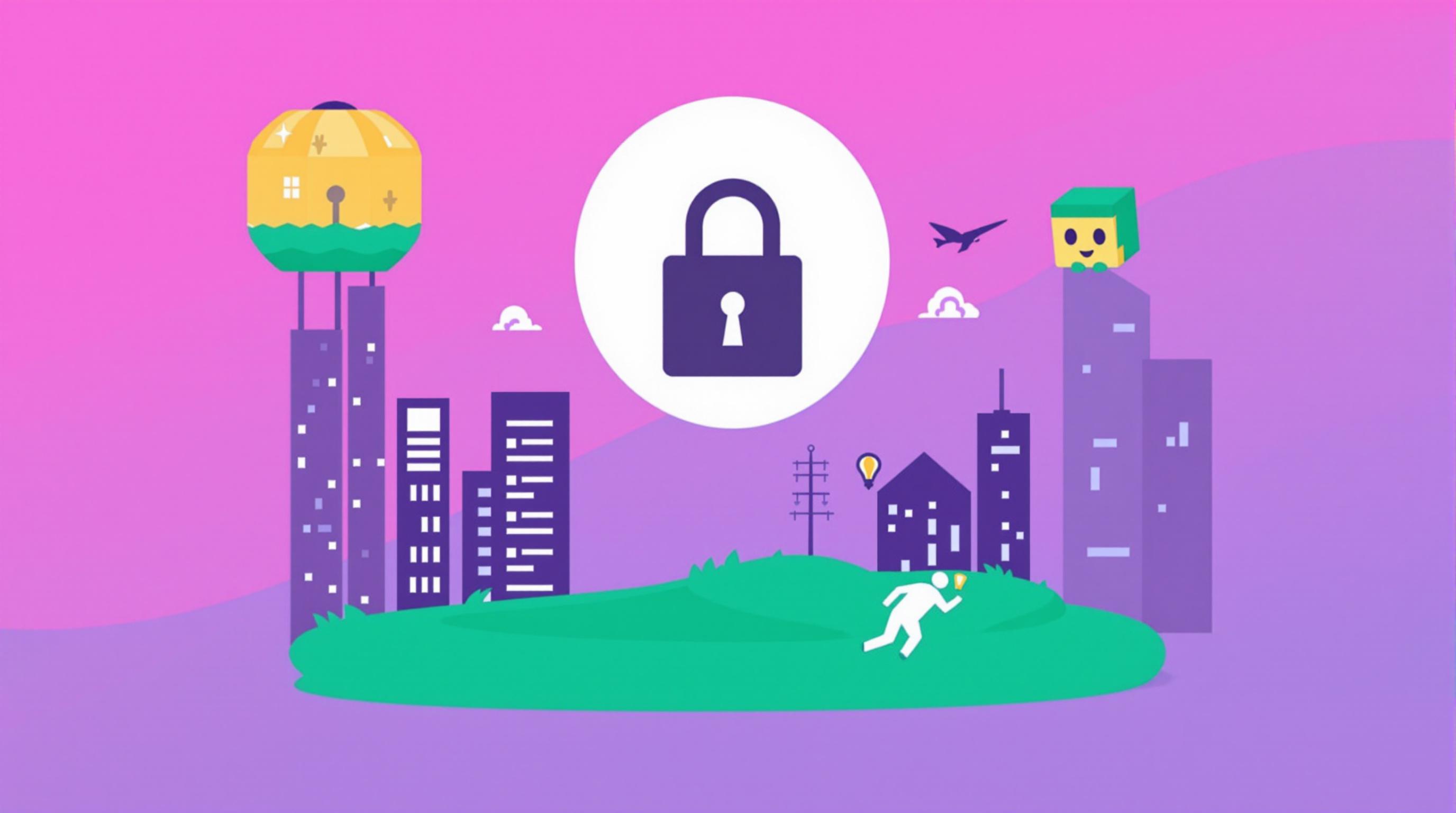Related Articles
- Unveiling the Silent Effects of Malware Residue on IoT Devices and What It Means for Your Connected Home Security
- Top 6 Game-Changing Email Security Suites Released Since 2019 That Actually Stop Cyber Trickery
- The Hidden Impact of AI-Driven Voice Assistants on Your Device’s Safety: Risks Nobody Talks About
- Top 6 Stealth Encryption Products Redefining Data Privacy You Haven’t Heard About Since 2019
- Exploring the Influence of Wi-Fi Radiation on Human Sleep Patterns and Cognitive Health in Modern Living
- Top 8 Stealth Malware Cleaners from the Past 5 Years That Outsmart Evasive Threats
12 Essential Mobile Security Habits for Remote Workers You Haven't Heard Of But Should Adopt Today
12 Essential Mobile Security Habits for Remote Workers You Haven't Heard Of But Should Adopt Today
12 Essential Mobile Security Habits for Remote Workers You Haven't Heard Of But Should Adopt Today
1. Use App-Specific VPNs
While many remote workers use VPNs to secure their entire internet connection, an emerging practice is the use of app-specific VPNs. These VPNs only encrypt traffic from certain apps, which reduces bandwidth consumption and improves battery life without compromising security.
This habit allows you to maintain privacy on sensitive applications, such as banking or corporate apps, while allowing other apps to function without VPN overhead. Experts suggest this focused approach to secure mobile app use offers an efficient balance of security and performance.
According to a recent report by Cybersecurity Insiders, segmentation of VPN traffic can reduce the risks associated with blanket VPN failures that might expose all mobile data if the VPN disconnects unexpectedly.
2. Employ Hardware-Backed Encryption
Many workers only rely on software encryption or device passwords, but leveraging hardware-backed encryption adds a critical layer of security. Modern smartphones often include secure enclaves or trusted execution environments (TEE) designed to handle cryptographic functions securely.
Using features like fingerprint authentication stored solely in hardware rather than cloud or software databases significantly reduces vulnerabilities. These hardware protections prevent attackers from extracting encryption keys even if the main OS is compromised.
Tech giants like Apple and Google have invested heavily in hardware encryption; adopting this habit means enabling all hardware security features available on your devices and ensuring corporate apps leverage these protections.
3. Regularly Audit App Permissions
Many remote workers grant apps excessive permissions that pose unnecessary security risks. Habitually auditing and managing permissions can greatly reduce attack surfaces on your mobile device.
Focus on permissions related to location, microphone, camera, and access to contacts. Remove access where it's not essential to an app’s function—this not only protects your data but also prevents malicious apps from spying or exfiltrating information.
Security researchers highlight that apps requesting excessive permissions correlate with malware and adware infections, so this habit serves as an effective preemptive security measure.
4. Use Biometric Authentication for App Access
Many remote workers rely solely on device-level lock screens, but adding biometric authentication for sensitive apps provides another layer of protection. Apps that support fingerprint or facial recognition for access can prevent unauthorized use if your device is compromised or shared.
This practice is especially important for apps involving company data, emails, or financial transactions. Even if someone bypasses your main device lock, requiring biometrics within apps adds a secondary barrier.
Various mobile operating systems now support per-app biometric locks, and encouraging use of these features is a sound security habit for remote workers handling confidential information.
5. Beware of Public Charging Stations – Use USB Data Blockers
Public charging kiosks seem convenient but can be exploited for "juice jacking" — a form of cyberattack that steals data or installs malware via charging cables. Remote workers should avoid this risk by carrying USB data blockers or using their own charging cables with power-only adapters.
Data blockers physically prevent data transfer while allowing power to pass through, neutralizing the threat posed by rogue charging stations. This simple accessory is underutilized though can meaningfully protect mobile devices on the go.
Security guidelines from organizations like the National Cybersecurity Alliance recommend this practice, especially for mobile professionals who frequently travel or work in public spaces.
6. Enable Remote Device Management and Wipe Capabilities
Remote workers must plan for device loss or theft by enabling remote management solutions provided by their mobile OS or corporate IT. Features like Find My iPhone or Android’s Find My Device allow you to track, lock, or wipe your device remotely.
This habit mitigates data breach risks by ensuring that sensitive corporate information can be erased promptly if the device falls into the wrong hands.
Organizations increasingly require such capabilities to comply with security policies, and adopting them proactively safeguards your data integrity and privacy.
7. Use Separate Browsers for Work and Personal Use
Creating separation between personal and work browsing contexts by using different browsers can minimize cross-contamination of cookies, cache, and credentials. Remote workers who use a single browser for all activities are vulnerable if one session is compromised.
By dedicating one browser exclusively for work-related browsing, employees decrease the likelihood that malware or phishing attempts targeting personal web activity will affect work systems.
This practice is endorsed by cybersecurity experts as a simple method to strengthen overall security hygiene without complex setups.
8. Leverage Passwordless Authentication Where Possible
Transitioning to passwordless authentication methods—such as biometrics, hardware security keys, or magic links—reduces risks associated with stolen or reused passwords, which remain the top cause of breaches worldwide.
Remote workers should advocate for and use these newer standards in apps and services whenever supported. This habit improves security and user convenience simultaneously.
According to Microsoft, adopting passwordless solutions can reduce phishing attacks by over 99%, demonstrating their efficacy in securing mobile access.
9. Regularly Update Your Mobile OS and Apps
Although commonly known, many remote workers neglect timely updates due to perceived inconvenience. However, delay in applying security patches leaves devices exposed to known vulnerabilities exploited by attackers.
Incorporating automatic updates or scheduling regular manual update checks ensures your mobile devices and apps include the latest security fixes and enhancements.
Keeping software current is one of the simplest yet most critical habits to prevent compromise, as emphasized by cybersecurity organizations worldwide.
10. Implement Micro-Segmentation on Mobile Networks
Micro-segmentation involves dividing your mobile network access based on the sensitivity of the data or apps involved. For remote workers, this can mean using separate network profiles for high-risk activities like file sharing and lower-risk tasks.
Adopting this habit reduces lateral movement opportunities for attackers who breach one segment, containing damage and protecting critical resources on mobile devices.
Though more advanced, micro-segmentation is gaining traction in enterprise mobility management and represents a forward-thinking security habit for remote professionals.




